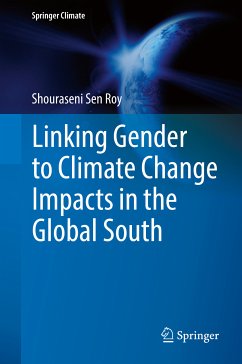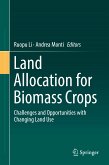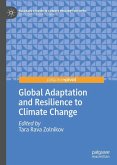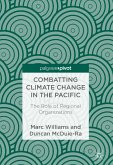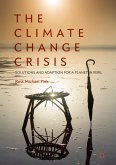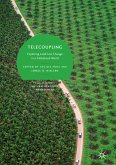Section one, covering chapters 1and 2, addresses the spatial patterns of climate change and gender inequalities/inequities across the Global South by analyzing long-term trends from the latest reports of the Intergovernmental Panel on Climate Change (IPCC) and the World Economic forum. Section two, covering chapters 3 through 7, discusses the critical issues related to climate change and gender inequality, and presents literature reviews and case studies in the Global South. The different issues and perspectives discussed include health, water and food security, education, conflicts, migration, participation in decision-making processes, and changing urban social landscapes. The concluding chapter discusses policy initiatives and makes recommendations to some of the gender mainstreaming through empowerment and participation. This interdisciplinary book will appeal to academics and policy-makers beyond just the fields of environmental sciences and gender studies, and may be adopted as a resource for graduate studentsand researchers.
Dieser Download kann aus rechtlichen Gründen nur mit Rechnungsadresse in A, B, BG, CY, CZ, D, DK, EW, E, FIN, F, GR, HR, H, IRL, I, LT, L, LR, M, NL, PL, P, R, S, SLO, SK ausgeliefert werden.

